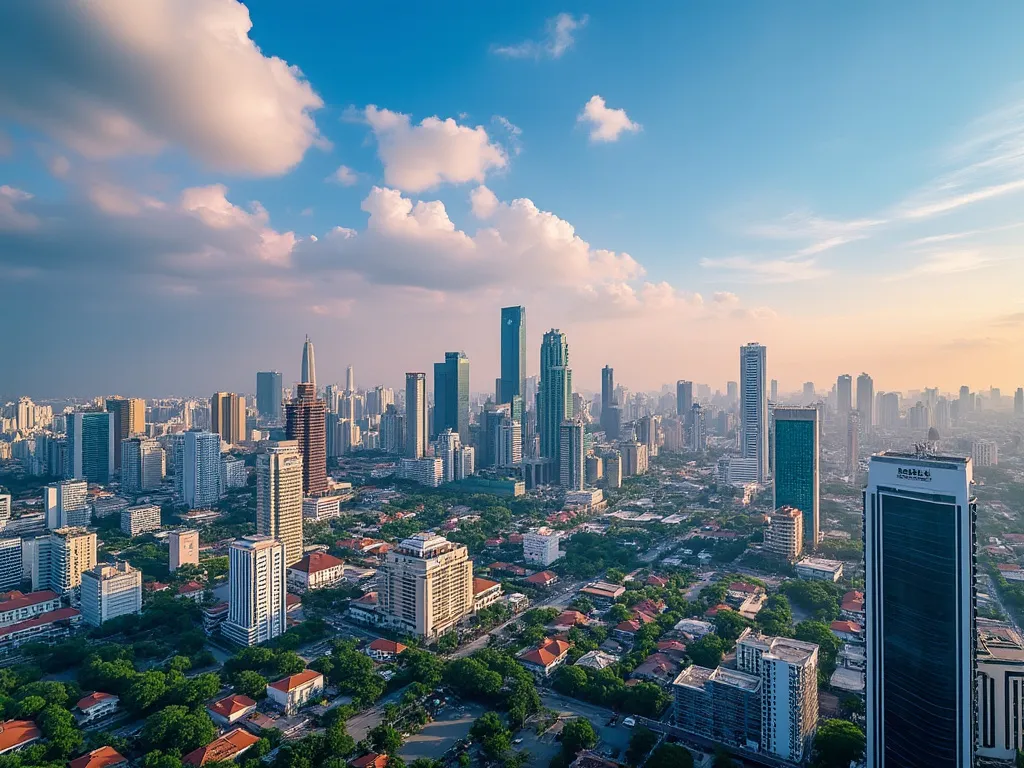
Manila, the capital city of the Philippines, is a bustling metropolis with a rich history and cultural heritage. Located on the eastern shore of Manila Bay, the city has been an important center of trade, commerce, and politics for centuries.
| Country | 🇵🇭 Philippines |
| Population | 1.8 million (2020 estimate) |
| Coordinates | 14.59°N 120.98°E |
| Area | 42.88 km² (16.56 sq mi) |
| Climate | Tropical savanna climate |
| Language | English, Filipino (based on Tagalog) |
| Currency | Philippine peso (₱) |
| Time zone | Philippine Standard Time (UTC+8) |
| Proximity to other major cities | Quezon City (10 km), Caloocan (15 km), Pasig (12 km) |
Historical Background of Manila
Manila was founded in 1571 by Spanish conquistador Miguel López de Legazpi and was named after the nearby Maynilà plant, which was abundant in the area. The city was a major hub of the Spanish Empire in Asia and was the center of the Philippine Revolution against Spain in the late 19th century. Manila was also the site of many battles during World War II and was heavily damaged by the war.
Geographical Location of Manila
Manila is located on the eastern shore of Manila Bay, on the island of Luzon. The city is situated in the National Capital Region (NCR) and is bounded by the cities of Quezon City, Caloocan, Pasig, and Makati. Manila Bay, which is connected to the South China Sea, provides a natural harbor for the city.
Cultural Significance of Manila
Manila is a culturally rich and diverse city, with a mix of Spanish, American, Chinese, and Malay influences. The city is home to many historical landmarks, including the walled city of Intramuros, which dates back to the Spanish colonial period. Manila is also known for its vibrant arts and culture scene, with numerous museums, galleries, and performance venues.
Economic Importance of Manila
Manila is the economic hub of the Philippines and is a major center of finance, trade, and commerce. The city is home to many multinational corporations and is a popular destination for foreign investment. Manila is also a major transportation hub, with two international airports and a busy port.
Interesting Facts About Manila
- Manila is the second most populous city in the Philippines, after Quezon City.
- The city has a tropical savanna climate, with high temperatures and high humidity throughout the year.
- Manila is home to the oldest Chinatown in the world, which was established in 1594.
- The city is known for its vibrant jeepney culture, with many colorful and ornately decorated jeepneys serving as public transportation.
Tourist Attractions in Manila
- Intramuros, the walled city of Manila, which dates back to the Spanish colonial period.
- Fort Santiago, a historic fort that served as a prison during the Spanish colonial period.
- San Agustin Church, a beautiful church that dates back to the 16th century.
- The National Museum of the Philippines, which showcases the country's history and culture.
Conclusion on Manila
Manila, the capital city of the Philippines, is a vibrant and culturally rich city with a rich history and economic importance. From its historical landmarks to its vibrant arts and culture scene, Manila has something to offer for every kind of traveler. Whether you're interested in history, culture, or entertainment, Manila is a must-visit destination in Southeast Asia.
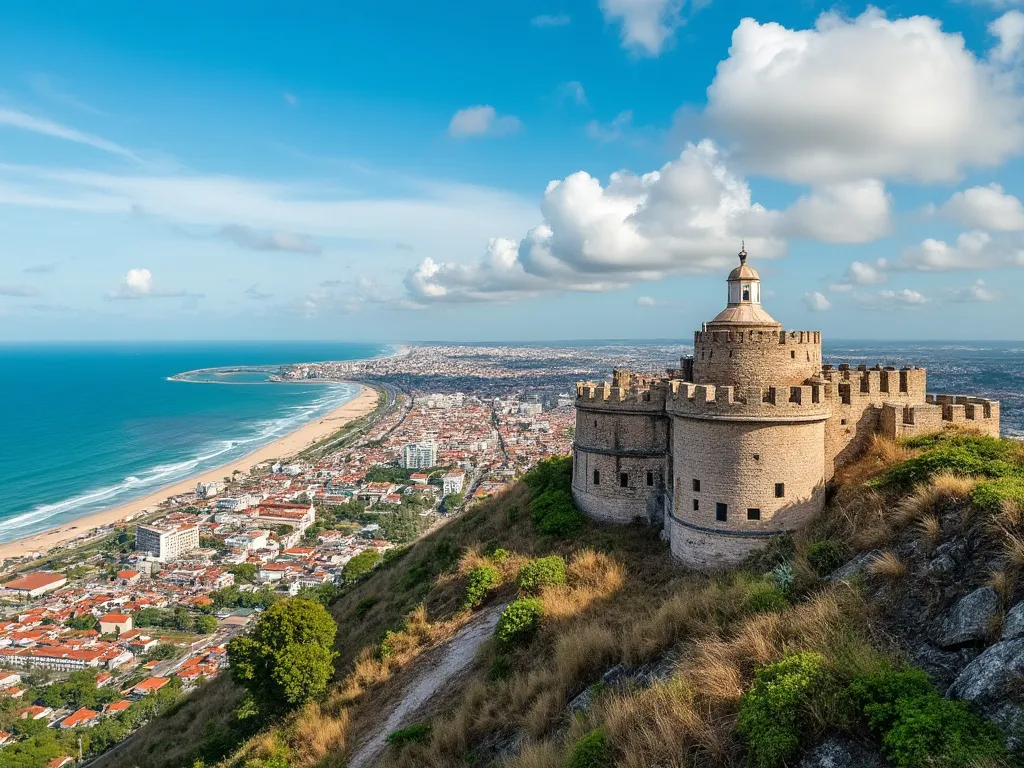 Maputo
Maputo
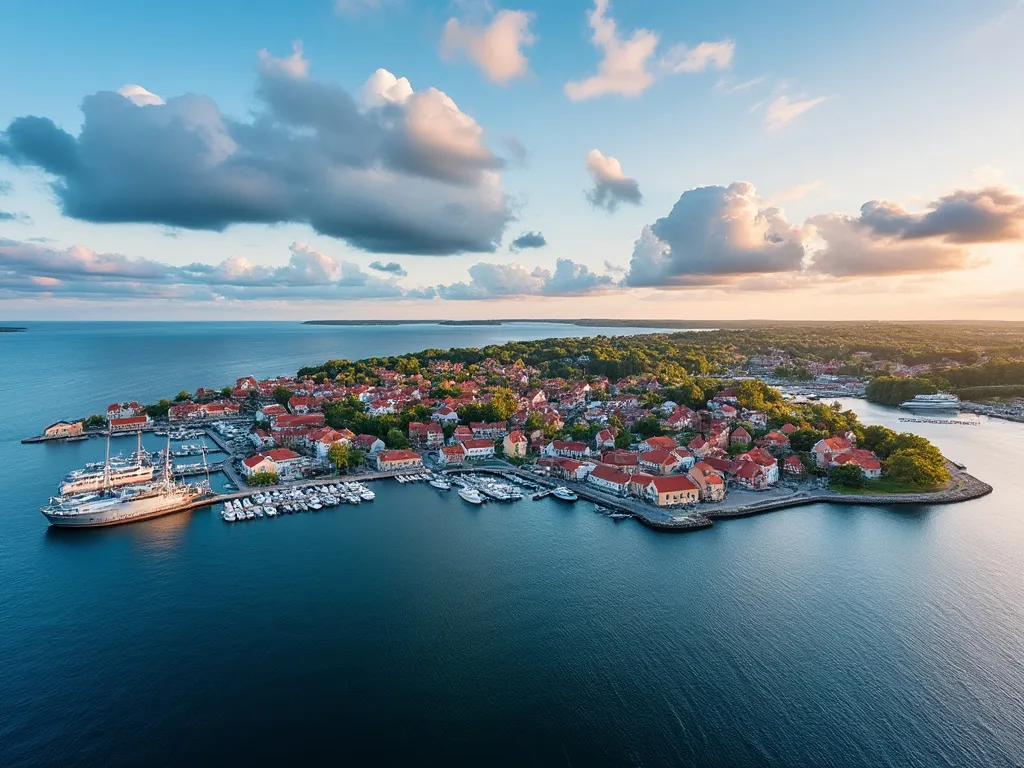 Mariehamn
Mariehamn
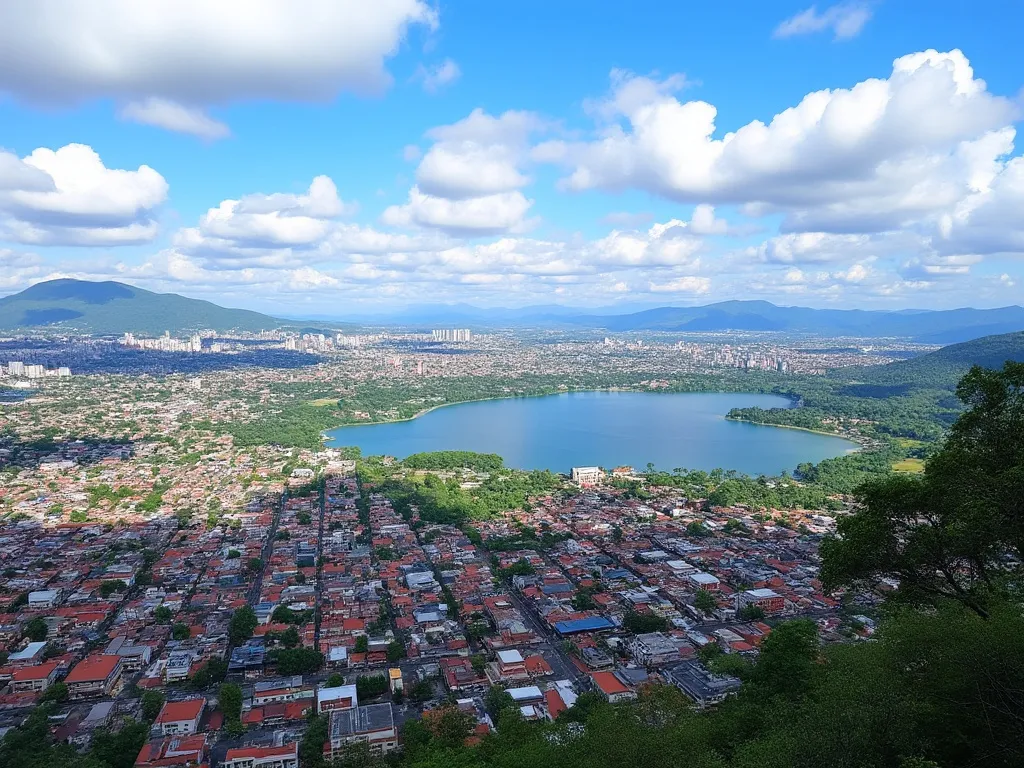 Managua
Managua
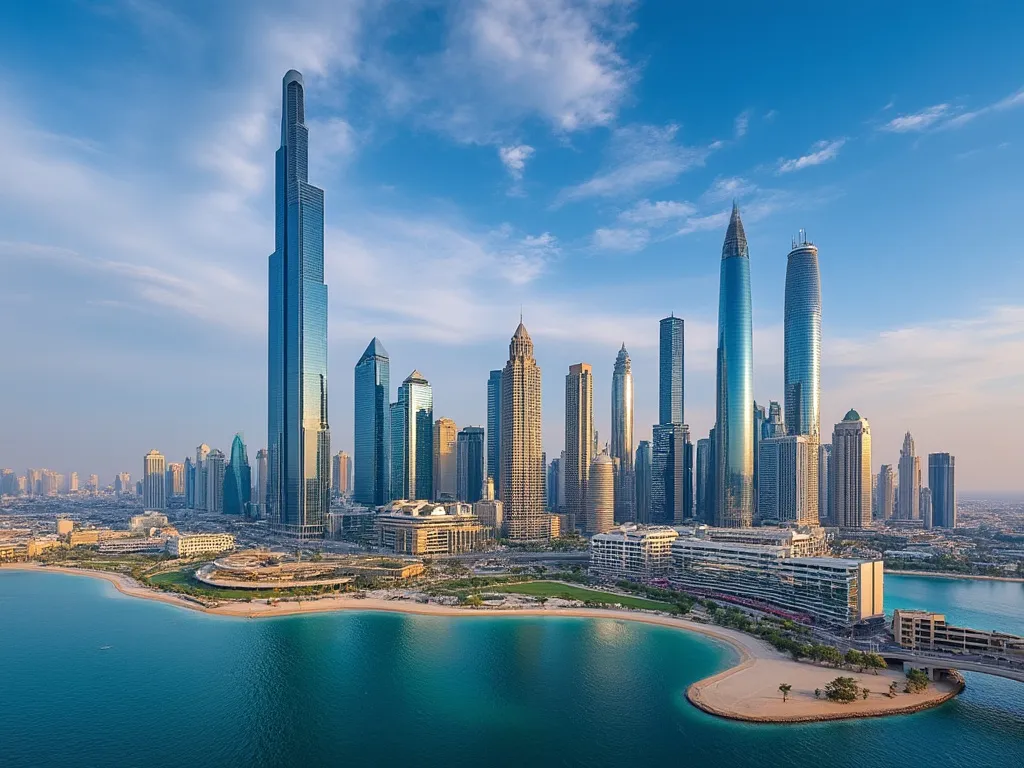 Manama
Manama